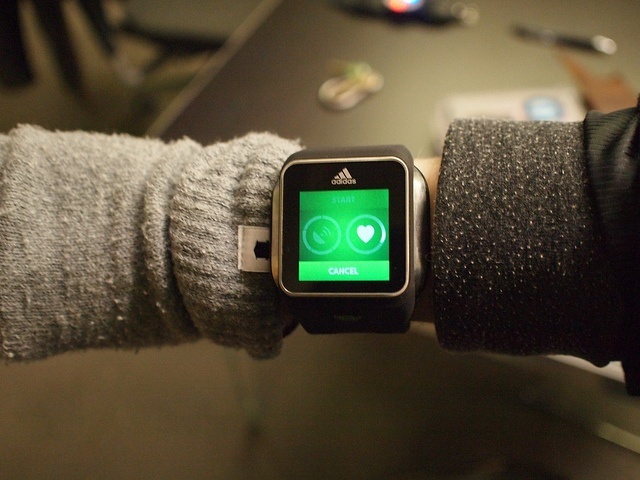
5 percent of U.S. broadband households use a smart watch with health and fitness tracking functions, while 8 percent use a digital pedometer or fitness/activity tracker, according to market research firm Parks Associates. The findings reflects Parks Associates previous reports from last summer that finds only 4 percent of U.S. broadband households plan to purchase a smart watch in 2014, up only 2 percent from 2013.
Despite the upcoming launch of the Apple Watch, the smart watch adoption will remain low since nearly 60 percent of U.S. broadband households already own some kind of personal health and wellness device, such as a digital weight scale or glucometer.
“Though increased adoption of smartphones is fueling the mobile revolution that includes wearable devices, consumers’ all-encompassing desire to use smartphones in all aspects of their lives is creating a dilemma for wearable OEMs,” said Tejas Mehta, Parks Associates’ research analyst . “In the case of smart watches, these devices are regularly marketed as companion or ‘tethered’ smart products. Companies need to rally consumer interest in smart watches by educating them on the unique experiences and benefits of these and other wearables. Otherwise, the majority of consumers may not see the reason to purchase another device that has similar, if not the same, capabilities as their smartphone. said Mehta”
A recent Parks Associates report released in the fourth quarter of 2014 finds 7% of U.S. broadband households use a GPS watch to track a wearer’s location and 5% use a sports watch with a built-in heart-rate monitor. Parks Associates estimates more than 32 million U.S. consumers will actively track their personal health and fitness online or via mobile by 2016. U.S. sales of connected wellness and personal health products and services will exceed $8 billion in 2018.
“The pressure on the industry now is to create unique value propositions for these devices that align with current consumer interests,” said Mehta.
Featured image credit: bekathwia via cc
